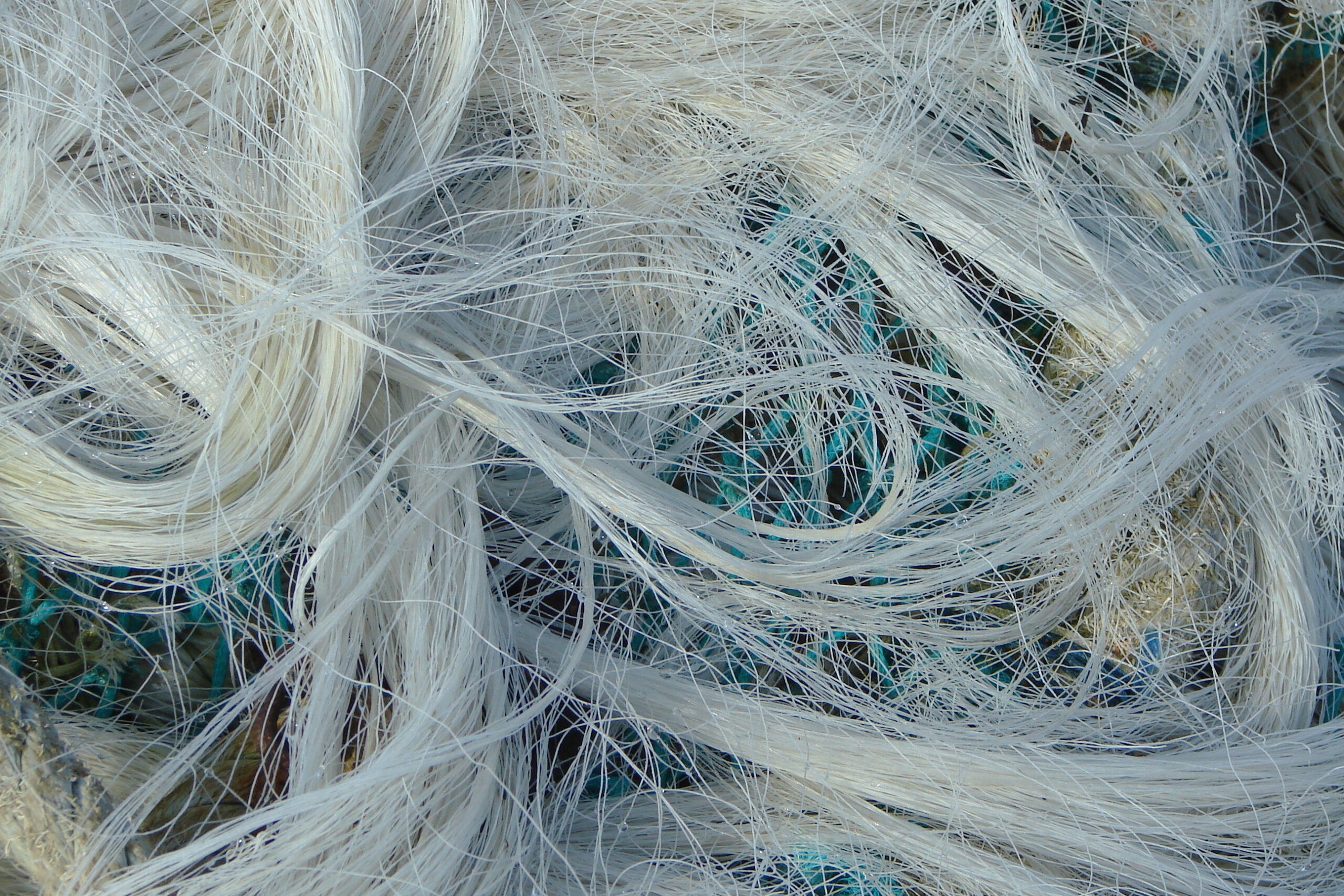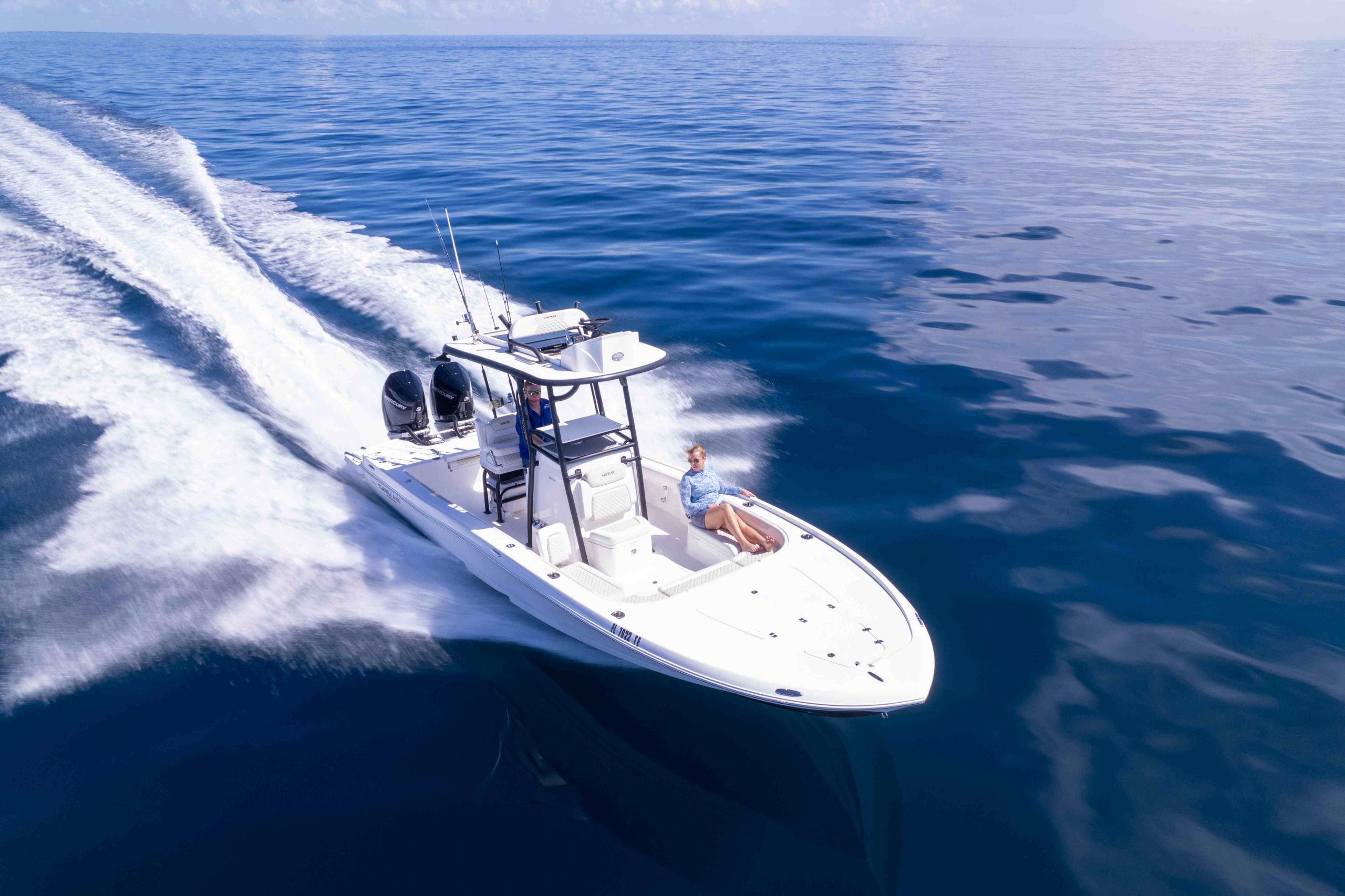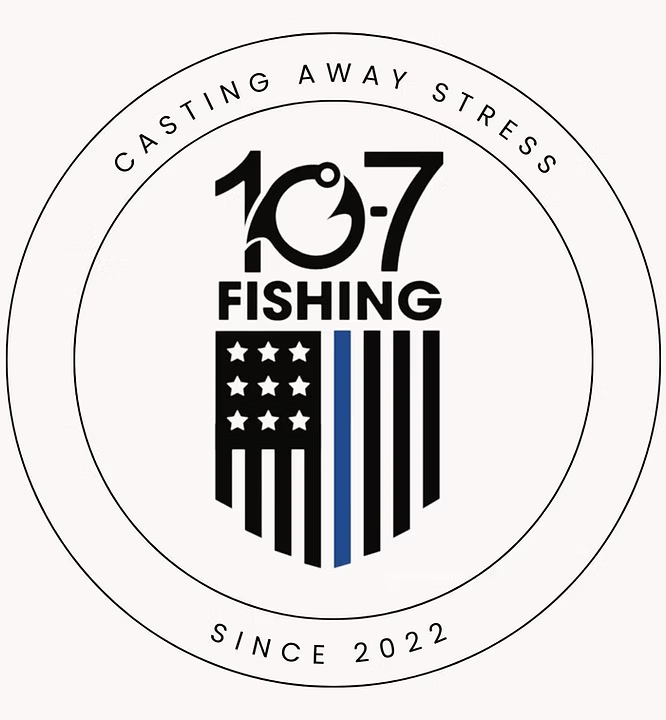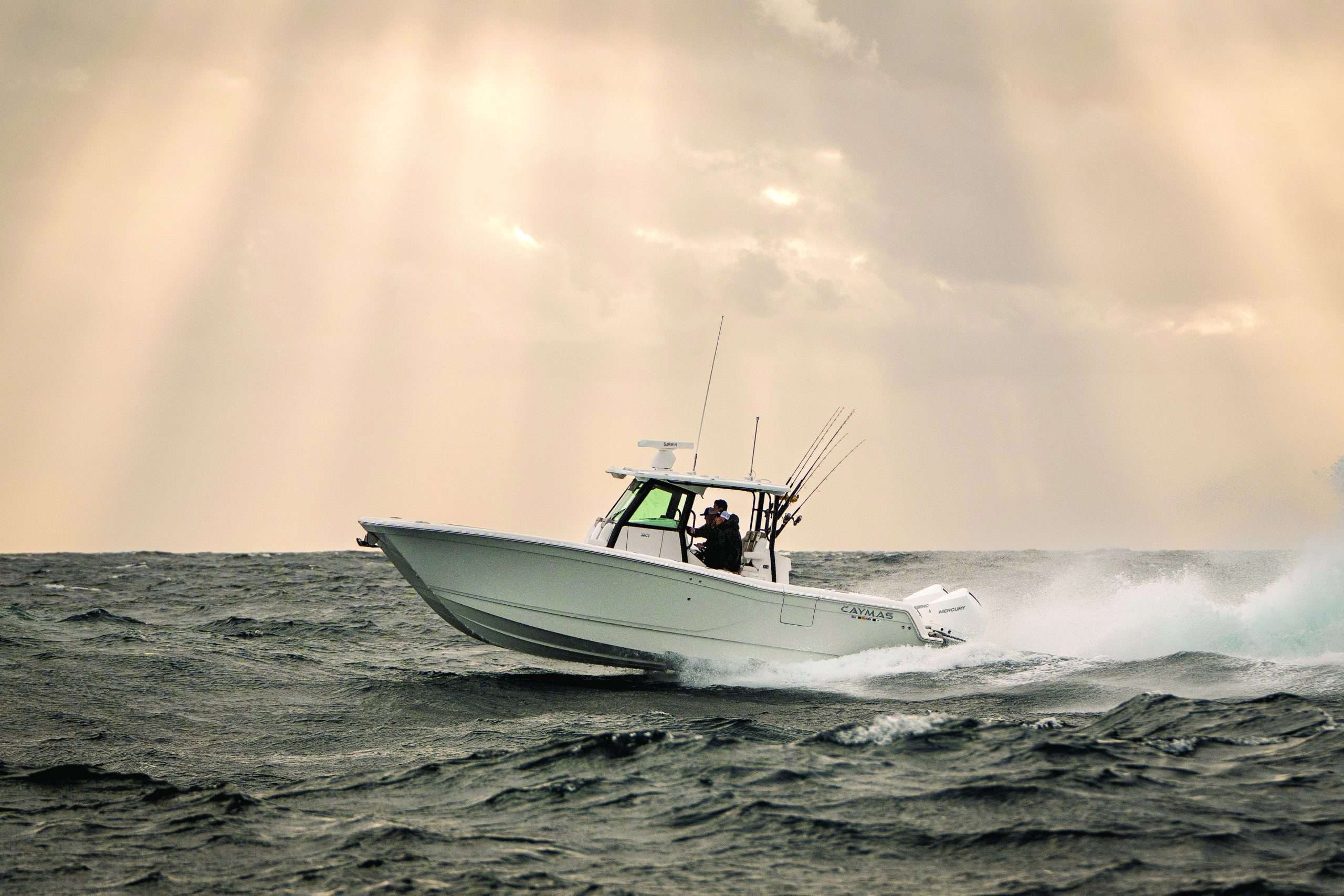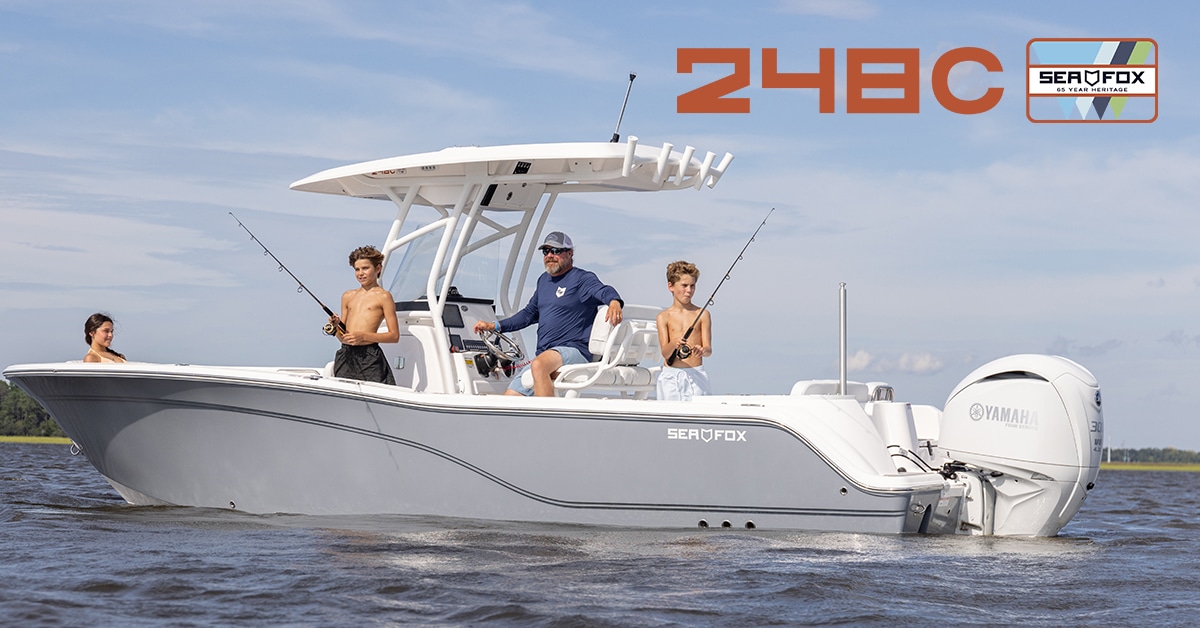The Importance of Choosing the Right Fishing Line
Choosing the right fishing line can make a significant difference in your fishing success. Understanding the types of fishing lines available and their specific uses helps in making an informed decision.
Monofilament Fishing Line
Characteristics and Benefits
Monofilament fishing line, introduced in the 1930s, is crafted from a single strand of material, typically nylon. This versatile line is suitable for a wide range of fishing techniques and environments, including both freshwater and saltwater. Its ease of use and versatility make it an excellent choice for new anglers. Additionally, monofilament lines hold knots well, reducing the risk of the line slipping at the knot.
Best Uses and Conditions
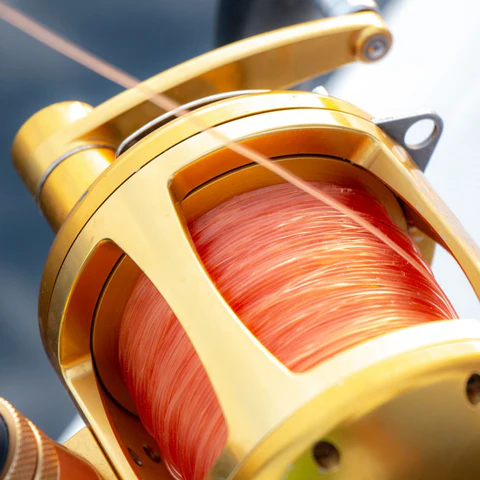
Monofilament lines have a significant amount of stretch, which can absorb shocks and sudden impacts. This makes them ideal for situations where you need a bit of give to absorb the impact from aggressive fish, preventing line breaks when a fish makes a sudden run. The line tends to float or have neutral buoyancy, making it perfect for topwater or shallow water fishing.
Shortcomings and Faults
Monofilament lines are susceptible to UV degradation over time, which can weaken the line and reduce its lifespan. They can also absorb water, which might affect their strength and stretch properties after prolonged exposure. While monofilament offers moderate abrasion resistance, it may not be the best choice for extremely rough conditions or when fishing around abrasive structures.
Fluorocarbon Fishing Line
Characteristics and Benefits
Fluorocarbon fishing line, introduced in the 1970s, is made from a single strand of polyvinylidene fluoride (PVDF), making it nearly invisible underwater due to its refractive index. It offers low stretch and high sensitivity, allowing anglers to detect even the slightest bites while providing enough stretch to absorb shock. Fluorocarbon sinks, which is advantageous for deep-water fishing, and is resistant to UV degradation, maintaining its strength and durability. Additionally, it boasts a high strength-to-diameter ratio and does not absorb water, preserving its strength and sensitivity even after extended submersion.
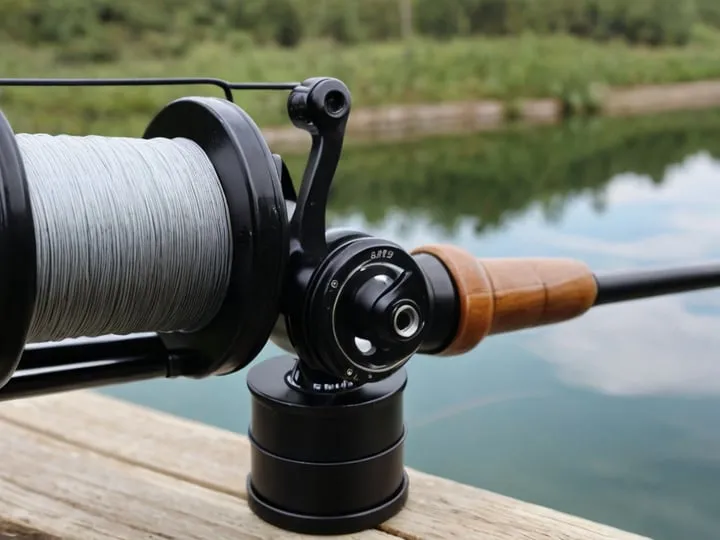
Best Uses and Conditions
Fluorocarbon fishing line excels in clear water where fish are easily spooked due to its near invisibility underwater. It offers excellent abrasion resistance, making it suitable for fishing in heavy cover or rocky areas. Ideal for techniques such as jigging, drop shotting, and methods requiring enhanced sensitivity and low visibility, fluorocarbon performs well in various conditions. Its low stretch aids in better sensitivity for detecting bites and stronger hooksets.
Shortcomings and Faults
Fluorocarbon fishing line is stiffer than monofilament, making it more challenging to manage, especially in lighter test strengths. It is generally more expensive than monofilament due to its advanced properties and manufacturing process. While it is widely available, the higher price point makes it an investment for serious anglers.
Braided Fishing Line
Characteristics and Benefits
Braided fishing line, dating back to the early 1900s, is made from woven fibers like Spectra or Dyneema. These multiple strands form a strong, thin line with an exceptional strength-to-diameter ratio, allowing the use of thinner lines without sacrificing strength. It offers maximum sensitivity due to its lack of stretch, letting anglers feel even the slightest bites. Often, braided lines come with a protective coating to enhance durability and reduce visibility in water.
Best Uses and Conditions
Braided fishing line excels in rough conditions and heavy cover due to its high durability and abrasion resistance. It is ideal for fishing around rocks, vegetation, and other structures. Though more visible in water than monofilament and fluorocarbon, it is available in various colors to suit different environments. It is also preferred for topwater fishing due to its buoyancy.
Shortcomings and Faults
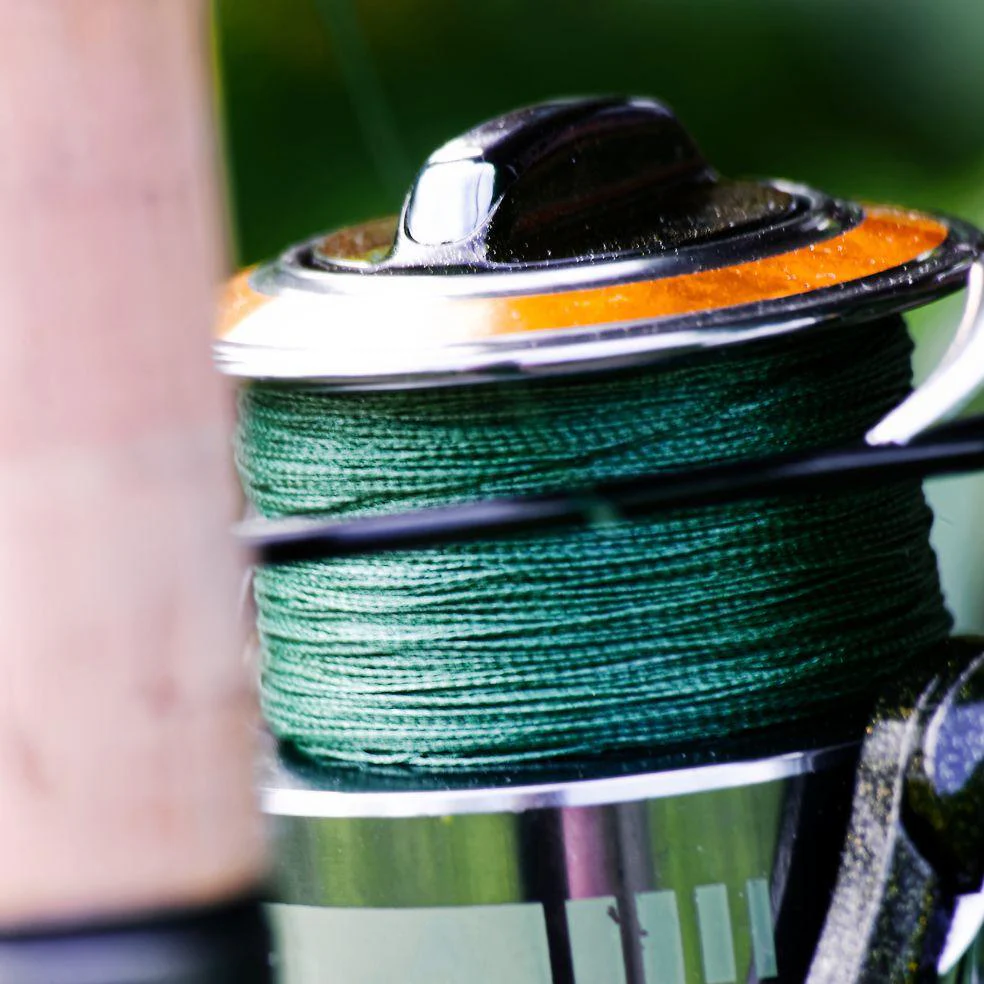
Braided fishing line’s high visibility can be a drawback in clear water where fish are line-shy. The lack of stretch can lead to sudden breaks if not handled properly, as it does not absorb shock well. Specific knots are recommended to ensure optimal performance, and it can be more challenging to knot and manage, especially for beginners. Despite being more expensive than monofilament, its advantages often justify the investment for serious anglers.
Comparing Monofilament, Fluorocarbon, and Braided Lines
| Characteristics | Monofilament | Fluorocarbon | Braided |
|---|---|---|---|
| Strength and Durability | Moderate strength and durability | High strength and abrasion resistance | Superior strength and durability |
| Visibility and Stealth | Visible in water | Nearly invisible underwater | Highly visible in water |
| Flexibility and Sensitivity | High flexibility and stretch | Low stretch, high sensitivity | No stretch, maximum sensitivity |
| Avg. Price per 200 Yards | $6-13 | $15-40 | $20-40 |
How to Choose the Right Fishing Line for Your Needs
Fishing Conditions
Consider water clarity, depth, and the presence of cover when choosing a fishing line. For example, Snook are known for their keen eyesight and reside in clear waters. Fluorocarbon’s near-invisibility underwater makes it ideal for targeting these wary fish.
Target Species
Different species may require different line characteristics for optimal performance. Tarpon are powerful and require a strong, durable line. Braided lines offer superior strength and sensitivity, which are essential for detecting bites and handling long, powerful runs.
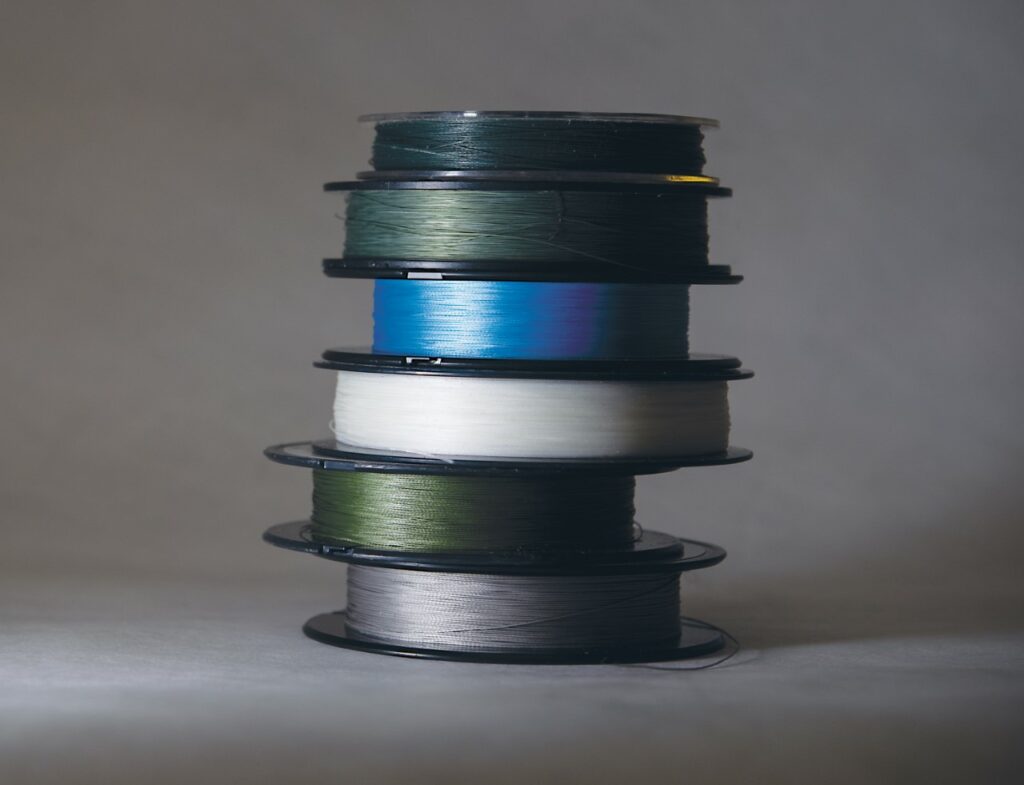
Personal Preference and Experience
Your comfort and familiarity with a type of line can influence your choice. In freshwater environments where bass are found, monofilament is excellent for its flexibility and shock absorption. For beginner fishermen, braided line can make fishing easier because its strength allows for fewer break-offs and more successful retrieves, even in challenging environments.
Making an Informed Decision
Choosing the right fishing line involves understanding the characteristics and best uses of monofilament, fluorocarbon, and braided lines. By considering your specific fishing conditions and target species, you can make an informed decision that enhances your fishing experience. To better prepare for your angling adventures, check out our blogs on choosing the best Fishing Rods and our Comprehensive Year-Round Guide to the Florida Fishing Seasons!
FAQ
Monofilament is generally recommended for beginners due to its flexibility and ease of use.
Fluorocarbon is nearly invisible underwater, making it ideal for clear water conditions.
Braided line is excellent for saltwater fishing due to its strength and durability.
While you can, fluorocarbon tends to sink, which might not be ideal for topwater fishing. Monofilament is a better choice.
It depends on usage, but generally, monofilament should be replaced every season, while fluorocarbon and braided lines can last longer with proper care.

